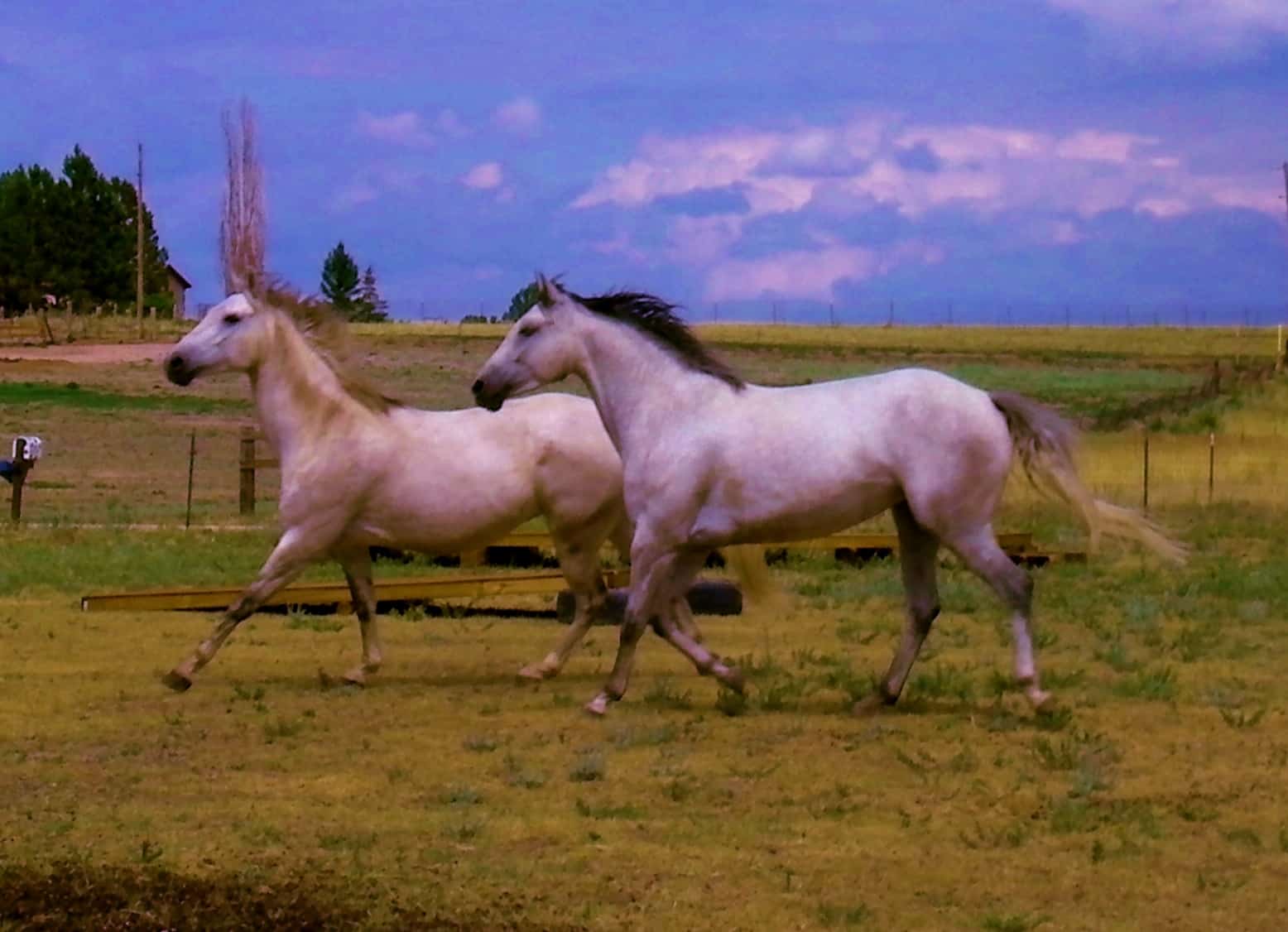 In a normal week I probably suggest, chirp, cajole, beg, and sometimes yell- the word forward at least 3 million times. This week it’s twice that, and I’m not even to my busiest lesson days yet.
In a normal week I probably suggest, chirp, cajole, beg, and sometimes yell- the word forward at least 3 million times. This week it’s twice that, and I’m not even to my busiest lesson days yet.
Sometimes I mix in some clucking noises for variety.
Not that I am complaining. Not a bit. I owe a debt myself. Every time I utter forward, I do it with gratitude for my past trainers who chanted it like word repetition could make it happen, bless their frustrated hearts. So I follow the time-honored tradition and pay it forward.
The concept of riding forward has some range of definition, but for today let’s call it a ground covering, relaxed and rhythmic gait.
Sounds simple enough…if you are walking… on a long rein… in a quiet arena. With each breath, there is a spreading relaxation and unity between horse and rider. Bliss: his back is lifted and strong, his poll is jello, and any resistance is a distant memory. He covers ground effortlessly! It’s the Saturday Night Fever walk, with nearly palpable Zen.
Then some idiot (your trainer, most likely) kindly suggests that you pick up your reins (or any other transition) and your Zen is trashed by the equivalent of screeching brakes. Am I overstating it? Would your trainer think so?
And if you do find some sense of confidence about forward at the level you are riding at, whatever level that is, then to continue to progress with your horse, that definition and experience of forward has to evolve to something more and better, if we can agree on what that might mean. Forward is an ever evolving concept.
I understand that this is very crazy-making for a rider.
Why is forward so important to a horse? Forward is the magical ingredient that inflates circles, steadies transitions, and illustrates partnership between horse and rider. It isn’t speed: it’s about the balance that comes with rhythm. Forward turns work into play, plodding into dancing and struggle into art.
A loss of forward makes work complicated and forced. It gives movements a jerky, earth-bound quality that jangles nerves and tenses the spines of both partners. This loss of forward is un-natural for a horse; it makes him mentally dull and can alter his gait to appear uneven.
Then, if the rider wakes up and over-corrects, her previously fluid sit-bones begin to feel like sharp rebar on the horse’s back, and the harder the rider pushes, the tighter the horse gets. The more the rider micro-manages, the less freedom the horse feels. The Zen dance has become a grudge match.
When you get stuck, the answer is forward. Over-thinking never improves anything. With a happy seat, just forward.
I always feel smarter if I can find a quote that agrees with my point, so I searched for a horse quote about forward, but instead, I found this:
“Man maintains his balance, poise and sense of security only as he is moving forward.” Maxwell Maltz.
Funny… Horses are exactly the same way.
And if we keep moving forward, literally and figuratively, just a step at a time, in a while the riding challenges of the past are the solid foundation we dance on today. Riding doesn’t get easier, but forward strengthens the stride and brings change. Since change is inevitable, better to embrace that opportunity and send it in a positive direction.
Riding is an analogy for life, we all know it. The world is complicated, and feeling reactive and tense is a natural response to being mired down in the muck of life. It can make you feel less than adequate to the task- but that is not true. It’s just a loss of rhythm.
Ask for forward -with ease and lightness. Let your horse lift your heart and mind, let him carry you forward.
Anna Blake, Infinity Farm.
Calm, Forward, Straight was imprinted on my mind during my halcyon days of riding and ended up a mantra for judging dogs. Calm: not pulling or dashing off the end of the lead, body in balance without relying on that “fifth leg” (tight leash) for support. Forward: footfall at the extension of the leg, not behind the motion; thrust from the rear moving through the body to give maximum power so the front has sufficient time to extend and doesn’t have to slap down onto the ground to support the front. Straight: hind and front legs in the proper track, not twisting to compensate for unbalanced movement. Of course try to explain that to a non-horsey group and you feel like you’re speaking another language. Kind of like trying to draw a parallel between driving a stick and waiting for the “right” moment to shift with gathering power between your leg and your lightly supporting hand collecting the horse. Blank faces all around.
EXACTLY! and I use the shifting description too…
Absolutely love this and what you say about the over thinking, the rhythm and balance, is so true and so inspiring!
Sounds a bit like shooting street photography might be…spontaneous and fluid, not over directed or posed. Am I right?
You have that one right! I was also thinking marriage guidance . . . !